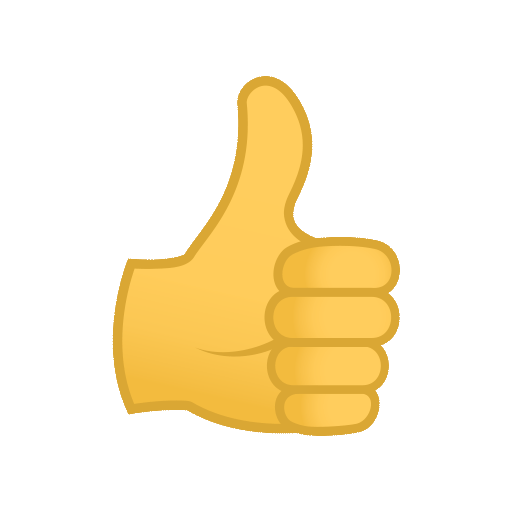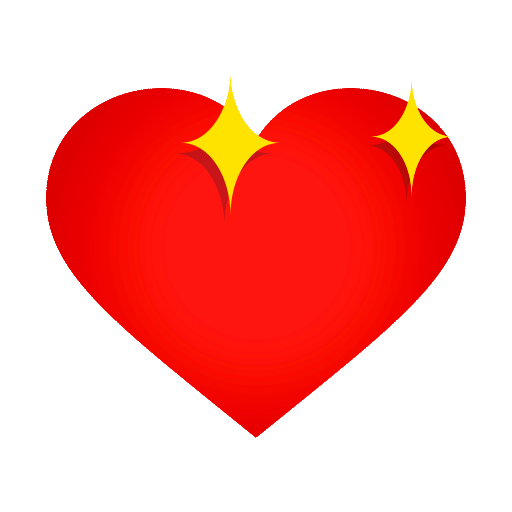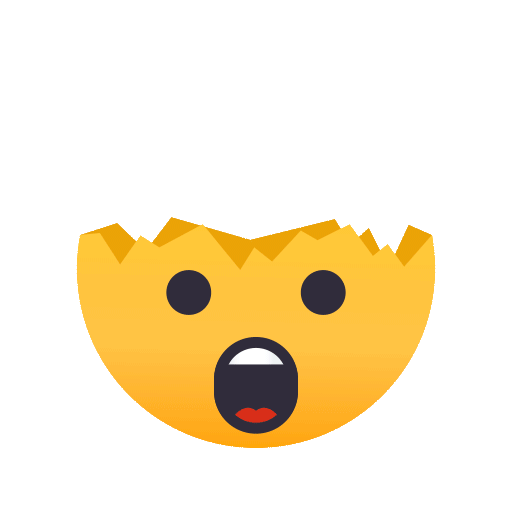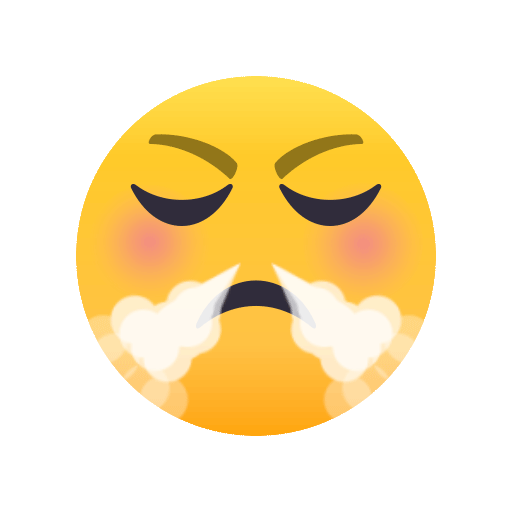Homework With Me And Ellamae What could people buy? People had to register with local shops to use their ration books. Often long queues formed as soon as people heard that shops had more supplies. The first foods rationed were bacon, sugar, tea, butter and meat. Lots more foods were rationed later, including sweets! One egg a week was the ration in 1941. There were no bananas, so younger children did not see their first banana until the war ended. Clothes were rationed too, so clothing factories could switch to war work. Paper, petrol and other things, such as soap (one bar a month) and washing powder, were also rationed. What foods would we have missed? Frozen pizza, chicken nuggets, burgers and chips perhaps. Remember, there were no home freezers! Potatoes were not rationed, so you could make your own chips - if you could find some oil or fat to cook them in. In summer, people were asked to eat more salads, to save cooking fuel. With eggs rationed, people tried dried egg powder. One packet was equal to 12 fresh eggs. Dried egg made good scrambled eggs, but it was bad luck if you only liked eggs fried or boiled. Unfamiliar foods appeared too, such as Spam (tinned meat) from America, and snoek, a fish from South Africa. Grow your own food Many people grew vegetables at home or on allotments. Children helped 'Dig for Victory' by digging, planting and weeding. Some children worked on farms picking potatoes and fruit. Some families kept chickens, ducks and rabbits (to eat). People started 'Pig Clubs', collecting food leftovers in pig bins to feed the pigs. o.


House Caption Hello my name is charley angove , I would love to be your house caption because I am really good at sports, I am good at football , rugby , cricket ,swimming and loads more . If you are hurt I will come and help you or if I can't help I will get a teacher to help you . ! I will do my best to make sure we always win. Please vote for me go Baruc.
On Friday 22nd august me , lili , mum , Louis , Erin , Hari , becky , seren and lili went go playscem we all had toast off breakfast then we whent in a different room me and lili did a PowerPoint, about what we did for 2 day and me and lili had a sheet saying (thank you for coming ) but when we finish standing up , we were all bored so we went to a playcenter down Barry Island it was really fun . Then we went to boofys for some chips they were yummy we also had with our chips chicken nuggets all the kids eat it all , my mum and becky had curry and chips .
Alpherpet A a a a a a a a a a a a a a a a a a a a a a a a a a a a a a a a a a a a a a a a a a a a a a a a a a a a a a a a a a a a a a a a a a a a a a a a a a a a a a a a a a a a a a a a a a a a a a a a a a a a B b b b b b b b b b b b b b b b b b b b b b b b b b b b b b b b b b b b b b b b b b b b b b b b b b b b b b b b b b b b b b b b b b b b b b b b b b b b b b b b b b b b b b b b b b b b b b b b b b b b C c c c c c c c c c c c c c c c c c c c c c c c c c c c c c c c c c c c c c c c c c c c c c c c c c c c c c c c c c c c c c c c c c c c c c c c c c c c c c c c c c c c c c c c c c c c c c c c c c c c D d d d d d d d d d d d d d d d d d d d d d d d d d d d d d d d d d d d d d d d d d d d d d d d d d d d d d d d d d d d d d d d d d d d d d d d d d d d d d d d d d d d d d d d d d d d d d d d d d d d E e e e e e e e e e e e e e e e e e e e e e e e e e e e e e e e e e e e e e e e e e e e e e e e e e e e e e e e e e e e e e e e e e e e e e e e e e e e e e e e e e e e e e e e e e e e e e e e e e e e F f f f f f f f f f f f f f f f f f f f f f f f f f f f f f f f f f f f f f f f f f f f f f f f f f f f f f f f f f f f f f f f f f f f f f f f f f f f f f f f f f f f f f f f f f f f f f f f f f f f G g g g g g g g g g g g g g g g g g g g g g g g g g g g g g g g g g g g g g g g g g g g g g g g g g g g g g g g g g g g g g g g g g g g g g g g g g g g g g g g g g g g g g g g g g g g g g g g g g g g H h h h h h h h h h h h h h h h h h h h h h h h h h h h h h h h h h h h h h h h h h h h h h h h h h h h h h h h h h h h h h h h h h h h h h h h h h h h h h h h h h h h h h h h h h h h h h h h h h h h I I I I I I I I I I I I I I I I I I I I I I I I I I I I I I I I I I I I I I I I I I I I I I I I I I I I I I I I I I I I I I I I I I I I I I I I I I I I I I I I I I I I I I I I I I I I I I I I I I I I J j j j j j j j j j j j j j j j j j j j j j j j j j j j j j j j j j j j j j j j j j j j j j j j j j j j j j j j j j j j j j j j j j j j j j j j j j j j j j j j j j j j j j j j j j j j j j j j j j j j K k k k k k k k k k k k k k k k k k k k k k k k k k k k k k k k k k k k k k k k k k k k k k k k k k k k k k k k k k k k k k k k k k k k k k k k k k k k k k k k k k k k k k k k k k k k k k k k k k k k L l l l l l l l l l l l l l l l l l l l l l l l l l l l l l l l l l l l l l l l l l l l l l l l l l l l l l l l l l l l l l l l l l l l l l l l l l l l l l l l l l l l l l l l l l l l l l l l l l l l M m m m m m m m m m m m m m m m m m m m m m m m m m m mm m m m m m m m m m m m m m m m m m m m m m m m m m m m m m m m m m m m m m m m m m m m m m m m m m m m m m m N n n n n n n n n n n n n n n n n n n n n n n n n n n n n n n n n n n n n n n nn n n n n n n n n n n n n n n n n n n n n n n n n n n n n n n n n n n n n n n n n n n n n n n n n n n n n n n n n n n n n n n n n n n n n n n n n n n n n n n
6 Weeks Holidays In week 1 of the school holidays it was my birthday on the Monday I got a big iPad . I got 40 pounds of my nan and gramps Harvey's then I got 30 pounds of my nan and gramps Angove then 120 pounds of my mum and dad so I had enough for my big iPad .Then we went out for some food to the oystercatcher I was lovely I would recommend it to any who goes to the oystercatcher . Then on the Wednesday we went body boarding with me , lili, Louis , Erin and Auntie becky it was so so outstanding ,we spent up to 3 hours in the beach then we went back to Auntie Becky's, Hari and Becky's husband came back to because Hari went to the child minders and Becky's husband came back from work . Then we had chilli but it was not chilli at all it was lovely food . We played out the back Hari wanted us to play football he loves football really rally loads Hari does just like me I love football loads and I mean loads football is epic , then we had a ice - cream I had a chocolate ice-cream it was really really outstanding I love chocolate ice cream and so Hari y he loves chocolate Hari does and so do I . Then on Thursday Hari , Erin ,me , lili , mum went to the beach then my nan came down it was really really fun , we caught big big crabs and also Hari was screaming because I picked a crab up and Hari ran away from me , but he wanted me to pick a crab up then my mum came up and she also wet her self it was really really fun we were all outspoken it was so really really funny . Them we went back to get some food it was so delishus it was great I loved it . Then we went back to my house to play but actually Erin's , Hari dad was coming so we did not have a lot of time to play .













